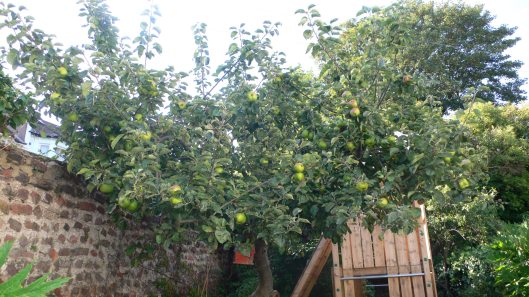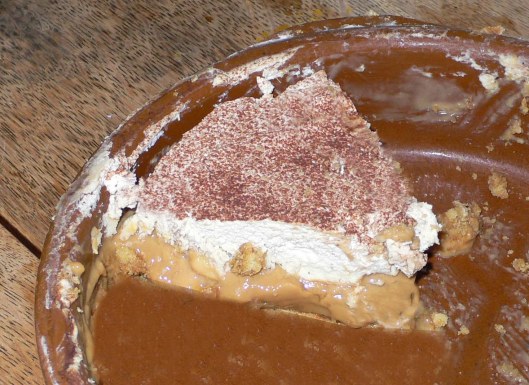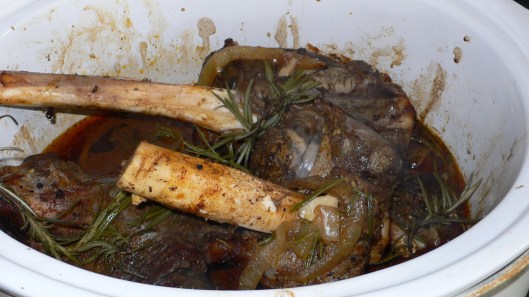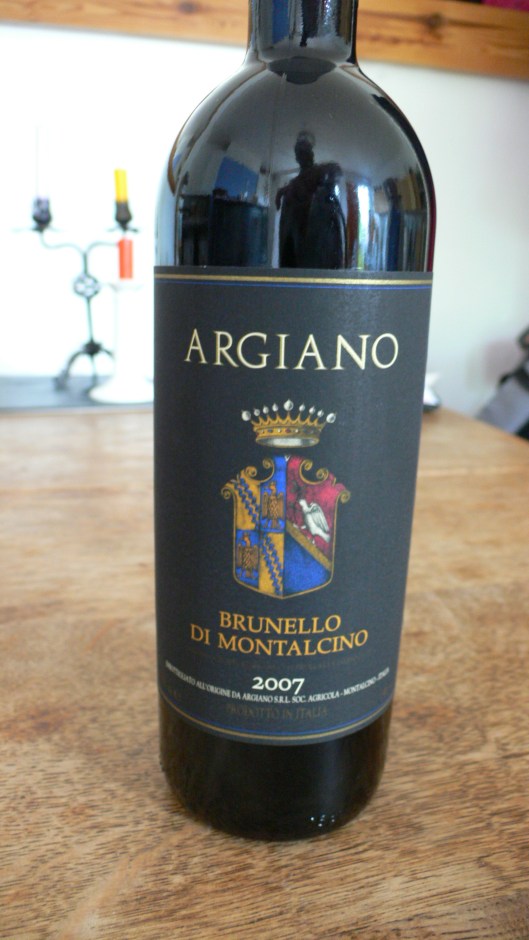What do you mean – where have I been?
I’ve been working, sleeping, eating, tearing out hair watching football – you know… stuff. Anyhoo, I’m back, after a foodie-scribbling ‘sabbatical’ of nearly five months. No, I’m not Chris Huhne.
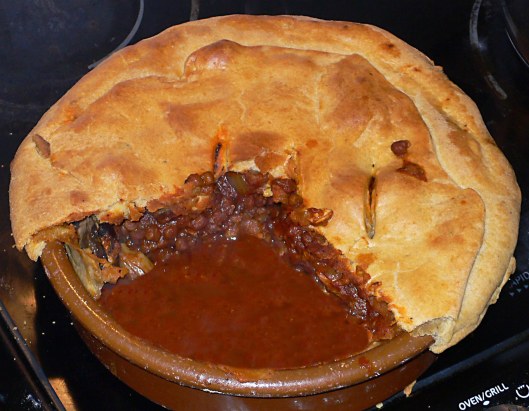
Three parts pie, one part ex-pie.
So there I was wandering through a food market yesterday and (it’s always a mistake to do this when you haven’t eaten yet) saw a ‘pork and bean pie’ for sale. Scrummy though it looked, and hungry though I was, rather than buying it, I decided to make one. No offence intended Mr Pie Seller.
Pretty simple this one. It’s basically a pork and bean stew in a pastry encasing.
Take about a pound to a pound and a half of pork – thin steaks will do – and cut them into strips about 2cm wide, fry them enough to brown them in a tad of oil. Remove the pork and, in the same oil, fry some chopped chorizo for a couple of minutes, then add chopped onion and, once the onion has softened, some smashed garlic. Flavour with salt, pepper, paprika (Spice of the Gods) and a chopped chilli / half teaspoon chill powder. Add a couple of cans of tomatoes.
On the tomatoes front, you can do what I did which, on realising I only had one can rather than two (oops!), was to take the sauce from the leftover jalfrezi I’d cooked the night before, and toss that in. So with that in mind, it doesn’t hurt if you add a smidge of cumin, coriander and/or fenugreek to all this.
Add about a pint of water, and get the sauce bubbling for a minute, then return the browned pork to the pan, stir it all in, place the lid on, and reduce the heat to a very gentle simmer for about an hour. Maybe add some oregano, thyme and sage.
Pastry is something I’m both unimaginative with and not very good at. I took the basic recipe of two parts plain flour to one part fat. I used something called ‘Best for Baking’ in this instance because, I’m told, you can’t buy margarine in the UK. I could have used butter, as it may well have come out nicer, but I didn’t.
I also added a pinch of salt, some pepper and a half-teaspoon of paprika. Rub the fat into the flour in a finger motion as if you were asking someone for some overdue money (fingers and thumb rubbing together, not aggressively inserting them up someone’s nose). Do this until the flour/fat combination resembles breadcrumbs, and slowly add some cold water and begin mixing and kneading. For 300g of flour / 150g fat, you only need about 100ml of water, if that. Knead this into a dough for about five minutes, wrap in clingfilm and place in the fridge for 20 minutes.
I don’t know why you need to do that last clingfilm bit, I only got ‘C’ in chemistry at school.
After 20 minutes have elapsed, flour the surface and a rolling pin, and taking just over half the dough, roll it thinly into a rough circular shape. Rotate the thinning dough, rather than roll at funny angles. Make sure it is rolled thin enough in order to be big enough to cover the base and the sides of the well-greased dish you are going to use. Gather up the thin pastry over the rolling pin and lift and transfer it over the dish. Press down carefully onto the base and pinch it into the sides.
What I’ve written above might be peasy for pastry-makers, but I find making pastry a palaver, and screw it up far too often, so seeing as I’ve written this not long after a successful rolling-pinned surface-to-dish transfer, I’m including it here as a small triumph in this process.
Take the cooked pork filling and spoon it into the pastried dish. Don’t toss it all in as the liquid might still be quite… wet. Open a couple of cans of beans; I used kala chana (black chickpeas) and empty them into the pie, having drained the water first. Meanwhile, turn the heat up full blast on the remaing liquid in order to reduce it. Then empty that into the pie too.
For the lid of the pie, repeat the process of flattening and thinning the pastry mentioned above, preferably with the same heroic success I had. Pinch the sides and lid of the pie together so there are no gaps, but insert two or three holes in the centre of the lid of the pie to let the steam out.
Cook in the oven at 200ºC / 400ºF / gas mark 6 for about 30 minutes.
Serve with garlic & mustard mash potato and some greens.
In a week where I’ve discovered I’ve accidentally lost some weight recently (don’t know how much, I only know girth sizes), I suppose it’s quite ironic I should be writing about pies, but it seems I’ve been so virtuous lately, I think I’ve earned this one.

Dinner was served with this wonderful candles and apples-in-a-vase arrangement.


